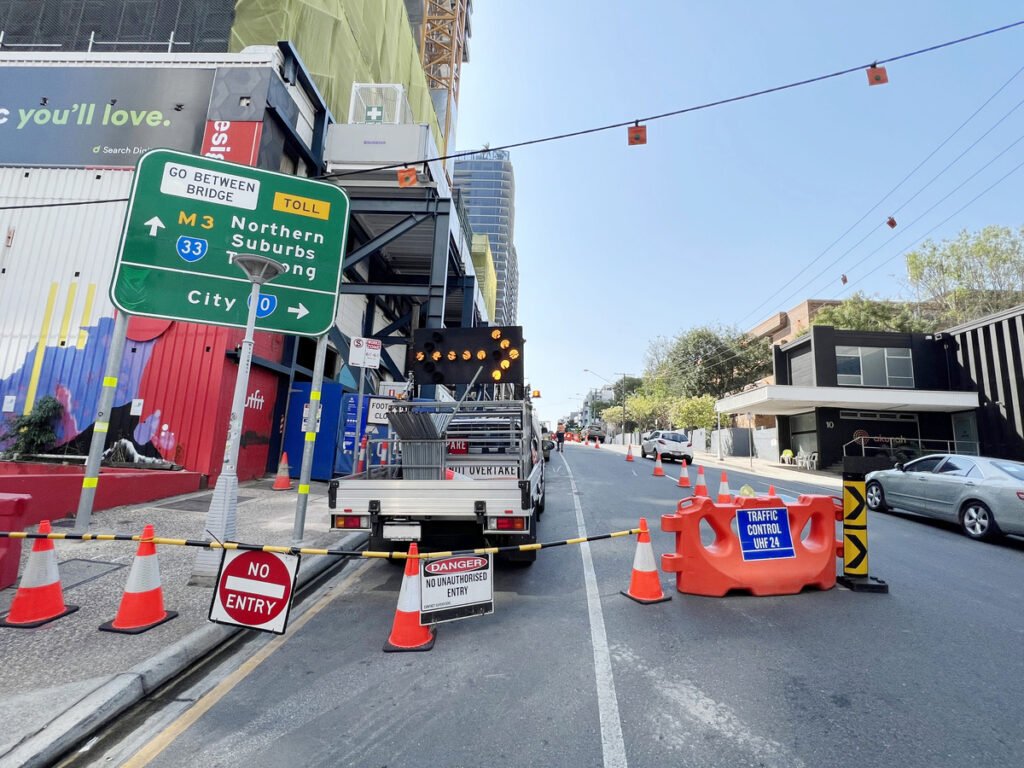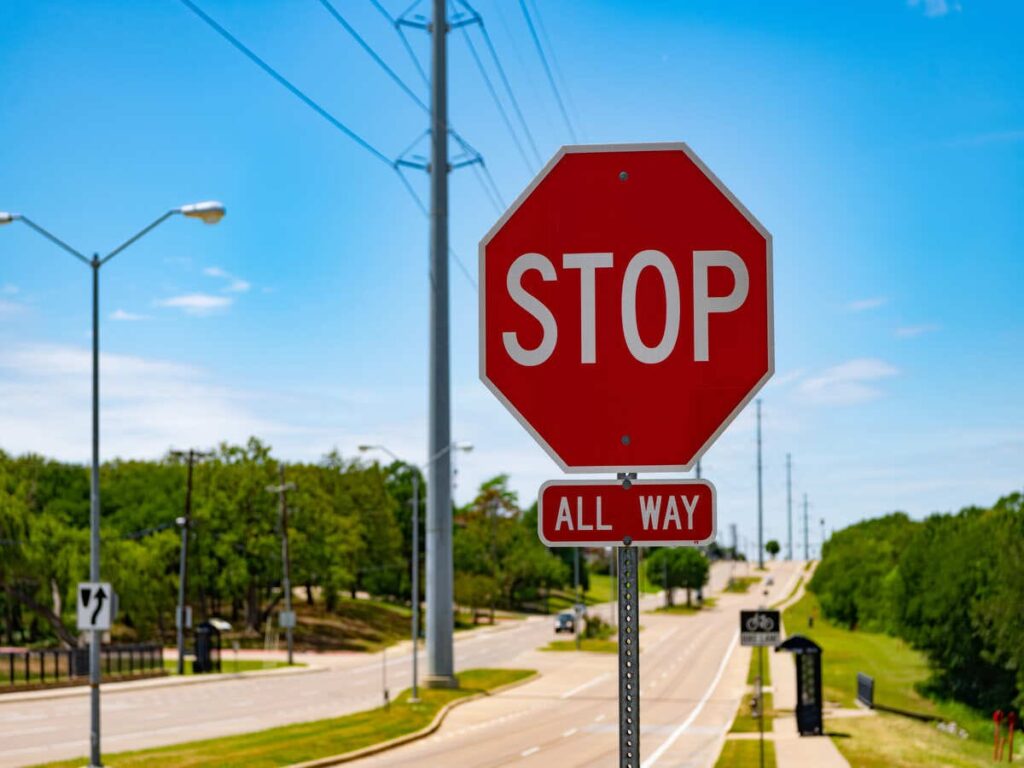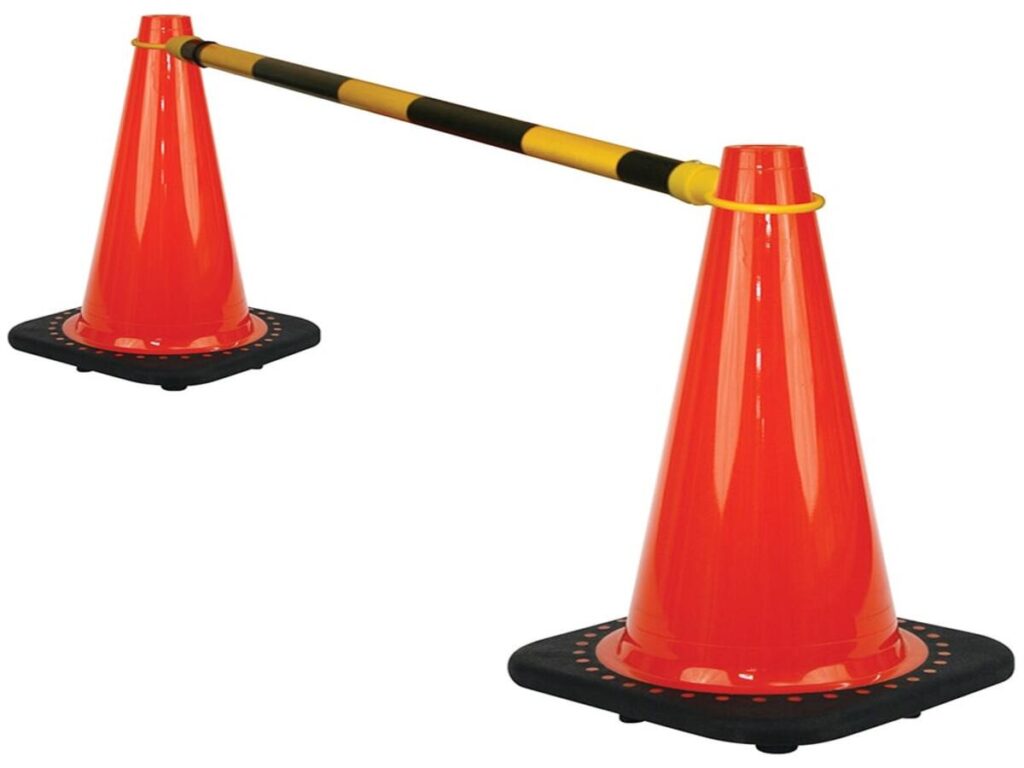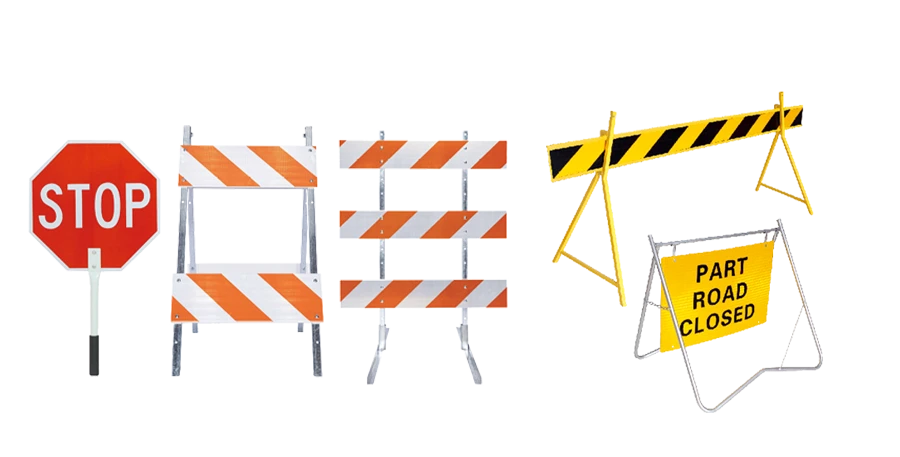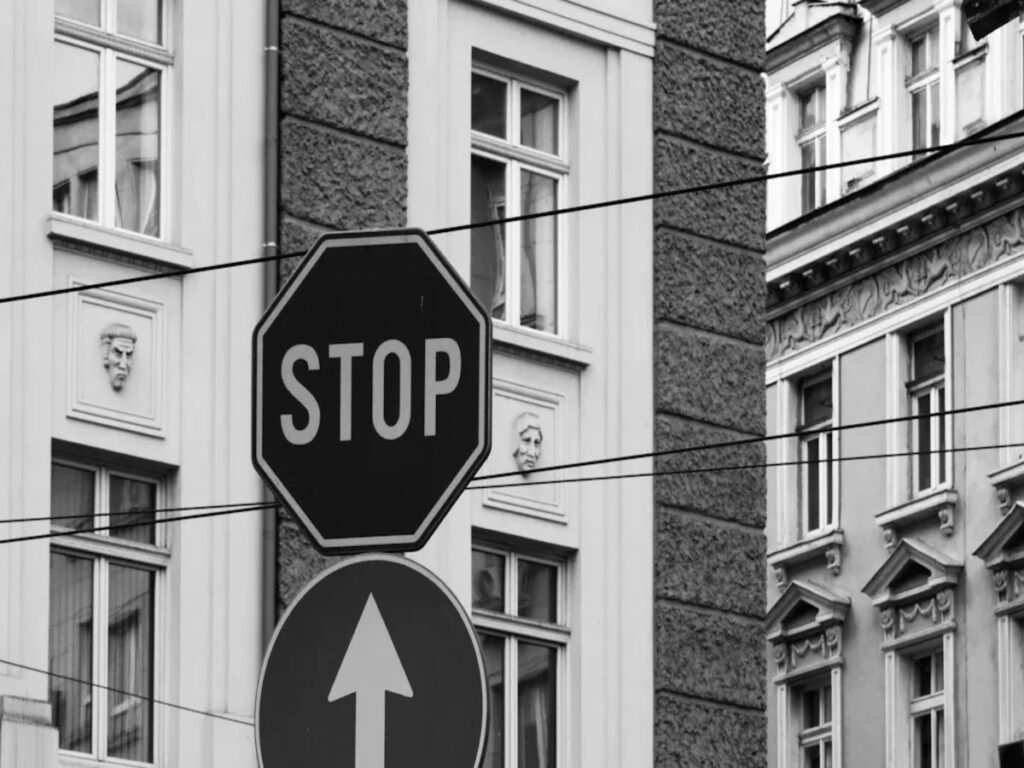
You might see that regulatory sign colors are different in some U.S. states and regions. These changes often happen with stop and yield signs. They also happen with speed limit and panneaux de stationnement. Some places have special local regulatory signs too. Even a small color change can make it harder or easier to notice a traffic sign. It can also change how fast you follow the rules. Recent studies show that using two colors on signs helps drivers react faster. This can make roads safer for everyone. The history of sign color rules started in the 1920s. Here is a table that shows important events:
| Année | Événement | Description |
|---|---|---|
| 1923 | Findings Reported | The Mississippi Valley Association of Highway Departments shared findings. These findings helped set rules for sign shapes based on danger levels. |
| 1924 | NCSHS Proposal | The First National Conference on Street and Highway Safety wanted to make colors for traffic control devices the same everywhere. |
| 1927 | AASHO Report | This report became the first guidebook for U.S. Standard Road Markers and Signs. It focused on signs for rural roads. |
Pay attention to local panneau de route color changes. These changes can help you avoid getting confused or breaking traffic rules.
Principaux à retenir
- Regulatory sign colors are different in each state. This can make it hard for drivers to know them. Always look at local sign colors so you do not get confused.
- Stop signs are usually red with a white border. Some places use other shades of red. Learn what these signs look like so you know them.
- Black-on-white signs show laws you must follow. Green-on-white signs tell you where you can park. Knowing these colors helps you follow traffic rules.
- School zone signs are bright yellow or fluorescent. These colors warn drivers to be careful. Watch for these signs and slow down to keep kids safe.
- If you see a sign color you do not know, slow down and read the words. You can also watch what local drivers do to learn the rules.
Stop and Yield Regulatory Sign Color Differences
Regional Stop Sign Color Variations
You see stop and yield signs almost every day. Most look the same in the United States. Le panneau d'arrêt has a red background and a white border. It also has big white letters that say “STOP.” The sign is always shaped like an octagon. The table below shows what a standard stop sign looks like:
| Fonctionnalité | Description |
|---|---|
| Forme | Octogonal (8 sides) |
| Couleur | Red background with white border and text |
| Caractères | ‘STOP’ in white bold capital letters |
| Fonte | Autoroute gothique |
| Taille minimale | 30 inches for rural areas |
Federal rules say all regulatory signs must follow these rules. This helps people see them and stay safe. But some states or cities use different colors or shades. You might see a darker red or a lighter background in some places. Old signs can also have faded colors. These small color changes can make it harder to see a sign, especially if you travel to new states.
Note: Regulatory signs must follow the Manual on Traffic Control Devices (Mutcd). States can change small things, but they must keep the main features for safety and law.
Impact on Driver Recognition
When you drive somewhere new, different sign colors can confuse you. You might not see the sign right away. This can slow you down and make you miss a stop. Some states are stricter about these rules than others. Si vous manquez un signe, you could get a warning or a ticket. Sometimes your car could even get towed.
Drivers who are colorblind have more trouble. They look at the shape of the sign, like the octagon, to know what to do. Some states help by adding special textures or patterns to signs. You can also watch what other drivers do at intersections to stay safe.
- Regulatory sign color differences can make it hard for everyone, but especially for people from out of town and colorblind drivers.
- Always check the shape and size of the sign, not just the color.
- These tips help you follow the law and keep roads safe for everyone.
Speed Limit and Parking Regulatory Sign Color Schemes
Black-on-White vs. Green-on-White
When you drive across the United States, you will notice that most Limitation de vitesse and parking signs use a black-on-white color scheme. This style is the standard for regulatory sign color in almost every state. The black letters on a white background make the sign easy to read, Même à distance. Some areas use green-on-white for certain parking signs, especially when showing where parking is allowed. You may also see blue-and-white signs for special parking privileges, like accessible parking spots.
Conseil: Always look for the color and shape of a sign to understand its meaning quickly.
The black-on-white design tells you that the rule on the sign is a law. If you ignore it, Vous pourriez obtenir un billet. Green-on-white signs usually give you permission, such as letting you know where you can park. These color schemes help you know what action to take without reading every word.
Compliance and Enforcement Impacts
The color of a regulatory sign does more than just catch your eye. It also affects how well you follow the law and how police enforce rules. Here are some ways color schemes influence compliance:
- Black-on-white signs show you a rule you must follow, like a speed limit. Police can give you a citation if you break this law.
- Green-on-white signs often show where you can park. These signs help you avoid parking in the wrong place.
- Blue-and-white signs mark special parking spots. Even though they look friendly, you must still follow the law or face a fine.
| Sign Color/Shape | Meaning/Impact on Enforcement |
|---|---|
| Rouge | Stop or prohibited actions, immediate enforcement |
| Blanc & Noir | Regulations you must follow, comme des limites de vitesse |
| Red/White/Black | Bans specific actions, clear for compliance and enforcement |
| Bleu / blanc | Special parking privileges, still enforceable |
You may notice that the design of the road and the sign together help you drive safely. Par exemple, roads with trees or parked cars make you slow down, even before you see a speed limit sign. Complex roads make you pay more attention, which helps you follow the law. Quand tu vois un clair, easy-to-read sign, you are more likely to obey it. This keeps everyone safe and helps police do their job.
Special Regulatory Sign Color Cases by Region
Local Ordinance and School Zone Signs
Some places use different colors for special regulatory signs. Local governments make their own signs for rules, zones scolaires, or truck routes. These signs look different because they use other color codes. School zone signs are often yellow or bright yellow-green. These colors help you see them fast, Même dans les zones animées. Local ordinance signs can use other colors to show parking or truck rules.
Here is a table that shows how color codes change for different types of signs:
| Type de signe | Color Standard |
|---|---|
| Signes réglementaires | Follow standards in Table 2A-4 |
| Signes de la zone scolaire | Yellow or jaune-vert fluo |
| Warning Signs in TTC Zones | Black legend and border on orange |
| Highway-Rail Grade Crossing | Black legend and border on yellow |
You should watch for these different colors. They help you follow the law and keep kids safe near schools. When you see a bright yellow-green sign, slow down and look for students.
Effects on Non-Local Drivers
If you visit a new city or state, you might see signs with colors you do not know. Non-local drivers often have trouble understanding these signs. Some tourists get confused and break the rules. Par exemple, a driver might think a sign means “go in” when it really means “Ne pas entrer.” Studies show that drivers do better when signs have words, especially if the color is new to them.
| Résultats | Description |
|---|---|
| Improved Comprehension | You understand signs better when text is added, especially for less familiar signs. |
| Interprétation erronée | Some signs are misunderstood, leading to mistakes like entering restricted areas. |
- Non-local drivers break more traffic rules than local drivers.
- New road conditions and unclear signs make this worse.
- Missing or faded signs in busy areas make it hard to follow the law.
You can avoid mistakes by learning about local sign color codes before you drive somewhere new. Always look for signs with different colors and read the words on them. Cela vous aide à rester en sécurité et à suivre les règles.
You just learned about three main regulatory sign color differences. These are stop and yield, speed limit and parking, and special local signs. Knowing these differences helps you follow the law and stay safe. Safety groups make color codes to keep signs clear and stop accidents.
| Preuve | Description |
|---|---|
| Established color codes | Des groupes comme OSHA and ANSI make color rules for safety. |
| Consistency in safety communications | Clear sign colors stop confusion. |
| Legal compliance | Standards say what each color means. |
Quand tu voyage, look up local rules and watch for sign shapes and colors. Le United States has national standards but lets some places use different colors. À l'avenir, there may be more rules to make signs the same, especially as cars get smarter. Keep learning about road signs so you can stay safe and help others.
FAQ
What should you do if you see a regulatory sign with an unfamiliar color?
You should slow down and read the words on the sign. Look for the shape and any symbols. Si vous vous sentez incertain, follow what local drivers do and stay alert for more signs.
Can sign color differences affect your driving test?
Oui, sign color differences can confuse you during a driving test. You should study local sign colors before your test. This helps you recognize rules and avoid mistakes.
Why do school zone signs use yellow or fluorescent colors?
School zone signs use bright colors to catch your attention quickly. These colors warn you to slow down and watch for children. Safety experts choose these colors to help keep students safe.
Which sign colors mean you must follow the rule?
| Couleur | Signification |
|---|---|
| Rouge | Stop or prohibition |
| Noir / blanc | Law or regulation |
| Green/White | Permission or guidance |
Conseil: Always obey red and black-on-white signs. These show rules you must follow.


